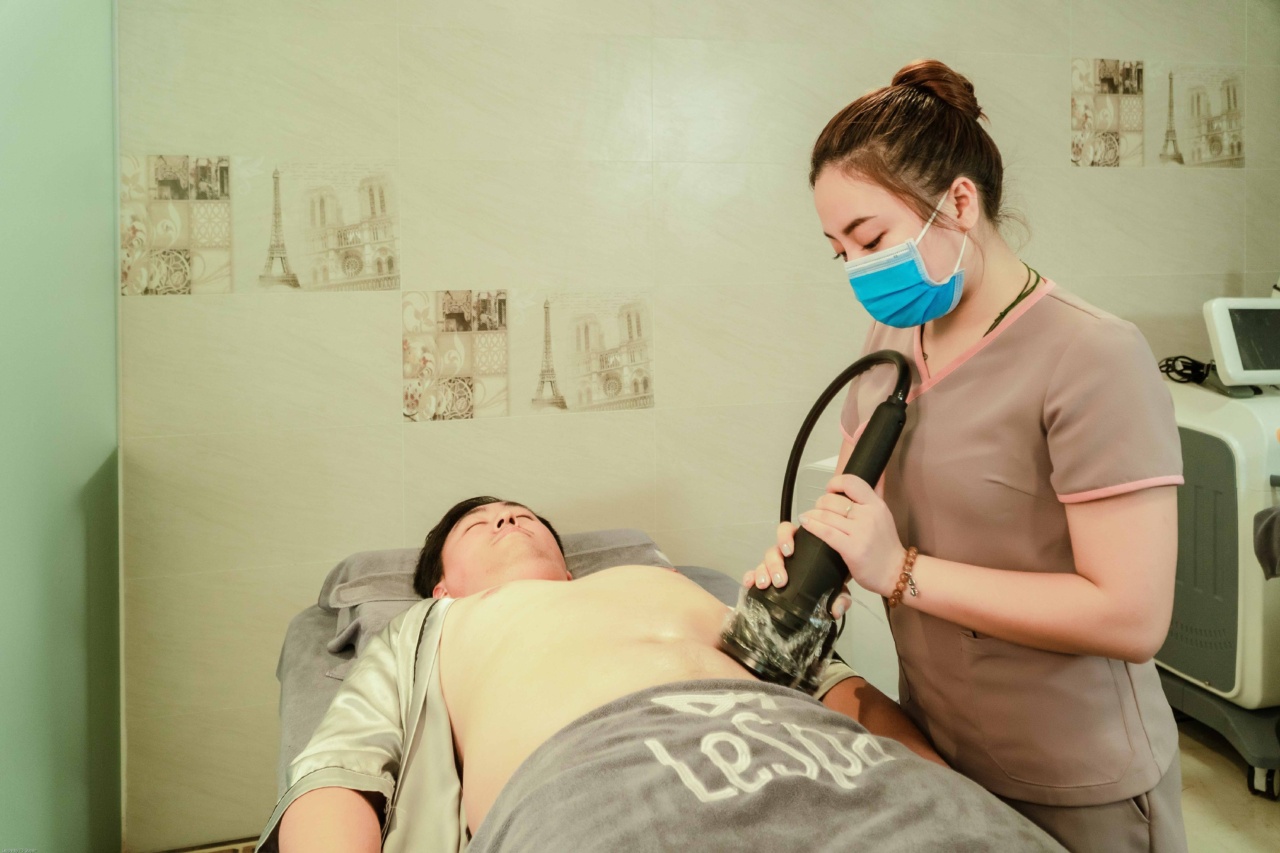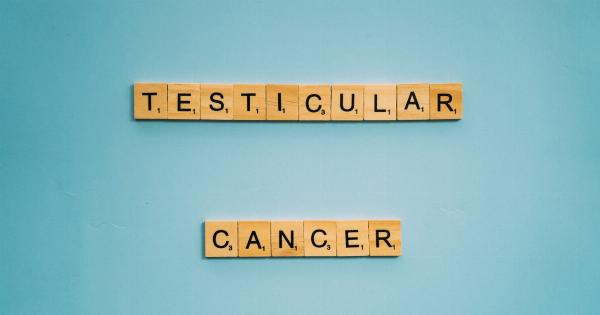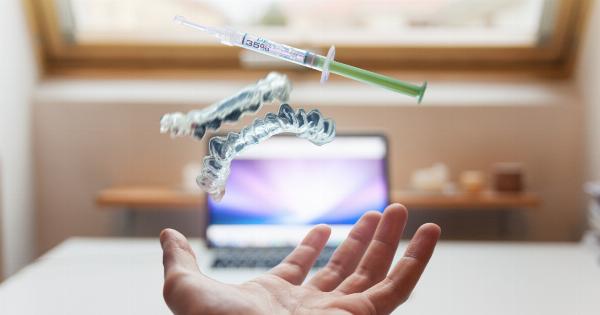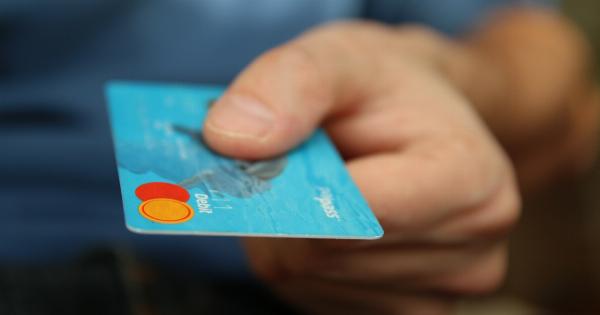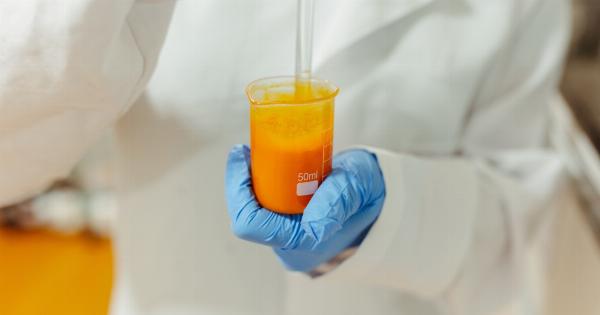IVF (In Vitro Fertilization) has revolutionized fertility treatment, allowing couples struggling with infertility to have a chance at conceiving a child.
While IVF has been highly successful in cases where the woman’s reproductive system is functioning optimally, it can prove to be more challenging when the male partner has a low sperm count or no sperm in their ejaculate. In such cases, a testicular biopsy can play a crucial role in the IVF treatment process.
Understanding Testicular Biopsy
A testicular biopsy is a surgical procedure that involves removing a small sample of testicular tissue from the male partner. This tissue is then examined under a microscope to determine the presence and quality of sperm.
Testicular biopsies are typically performed when there is an absence of sperm in the ejaculate, a condition known as azoospermia.
Types of Testicular Biopsies
There are two main types of testicular biopsies:.
1. Percutaneous Testicular Biopsy: This involves inserting a needle into the testicle to retrieve a small sample of tissue. It is a less invasive procedure and is usually performed under local anesthesia.
2. Open Testicular Biopsy: This involves making a small incision in the scrotum or the groin area to directly access the testicles and extract a tissue sample. This procedure is performed under general anesthesia.
Diagnosing the Cause of Azoospermia
The primary objective of a testicular biopsy is to diagnose the underlying cause of azoospermia. There are two main types of azoospermia:.
1. Obstructive Azoospermia: In this condition, sperm production occurs normally, but there is a blockage in the reproductive tract that prevents sperm from being ejaculated.
Testicular biopsies can determine if sperm is present in the testicles, which can then be extracted for use in IVF.
2. Non-Obstructive Azoospermia: This condition occurs when there is a problem with sperm production in the testicles.
Testicular biopsies can help identify the specific cause, such as hormonal imbalances, testicular failure, or genetic abnormalities.
Extracting Sperm for IVF
If sperm is found in the testicular tissue obtained through a biopsy, it can be used in various ways to facilitate IVF treatment:.
1. Intracytoplasmic Sperm Injection (ICSI): In cases of obstructive azoospermia, where sperm production is normal, but there is a blockage, sperm can be extracted from the testicles and directly injected into the retrieved eggs through ICSI.
This greatly enhances the chances of successful fertilization and pregnancy.
2.
Sperm Retrieval Techniques: In cases of non-obstructive azoospermia, where there is a problem with sperm production, more advanced techniques such as Microdissection TESE (Testicular Sperm Extraction) or PESA (Percutaneous Epididymal Sperm Aspiration) can be employed to locate viable sperm for IVF.
Improving IVF Success Rates
The ability to retrieve sperm through testicular biopsies has significantly improved the success rates of IVF for couples experiencing male factor infertility.
By using testicular tissue to extract viable sperm, even in cases of severe male infertility, the chances of fertilization and pregnancy are greatly increased.
Emotional Considerations
Undergoing a testicular biopsy can be an emotionally challenging experience for couples. It is important to acknowledge the psychological impact this can have and seek appropriate support throughout the process.
Open communication and counseling can help alleviate any anxiety or stress associated with the procedure.
Risks and Complications
While testicular biopsies are generally considered safe, there are potential risks and complications associated with the procedure, including:.
1. Bleeding.
2. Infection.
3. Discomfort or pain.
4. Swelling or bruising.
5. Damage to the testicles.
It is important to discuss these risks with the healthcare provider and ensure that the benefits of the biopsy outweigh the potential complications.
Conclusion
Testicular biopsies play a crucial role in the IVF treatment of couples dealing with male factor infertility.
By diagnosing the cause of azoospermia and extracting viable sperm, these procedures greatly enhance the chances of successful fertilization and pregnancy. While the emotional aspect and potential complications associated with testicular biopsies require consideration, the benefits they offer make them an invaluable tool in the realm of fertility treatment.
